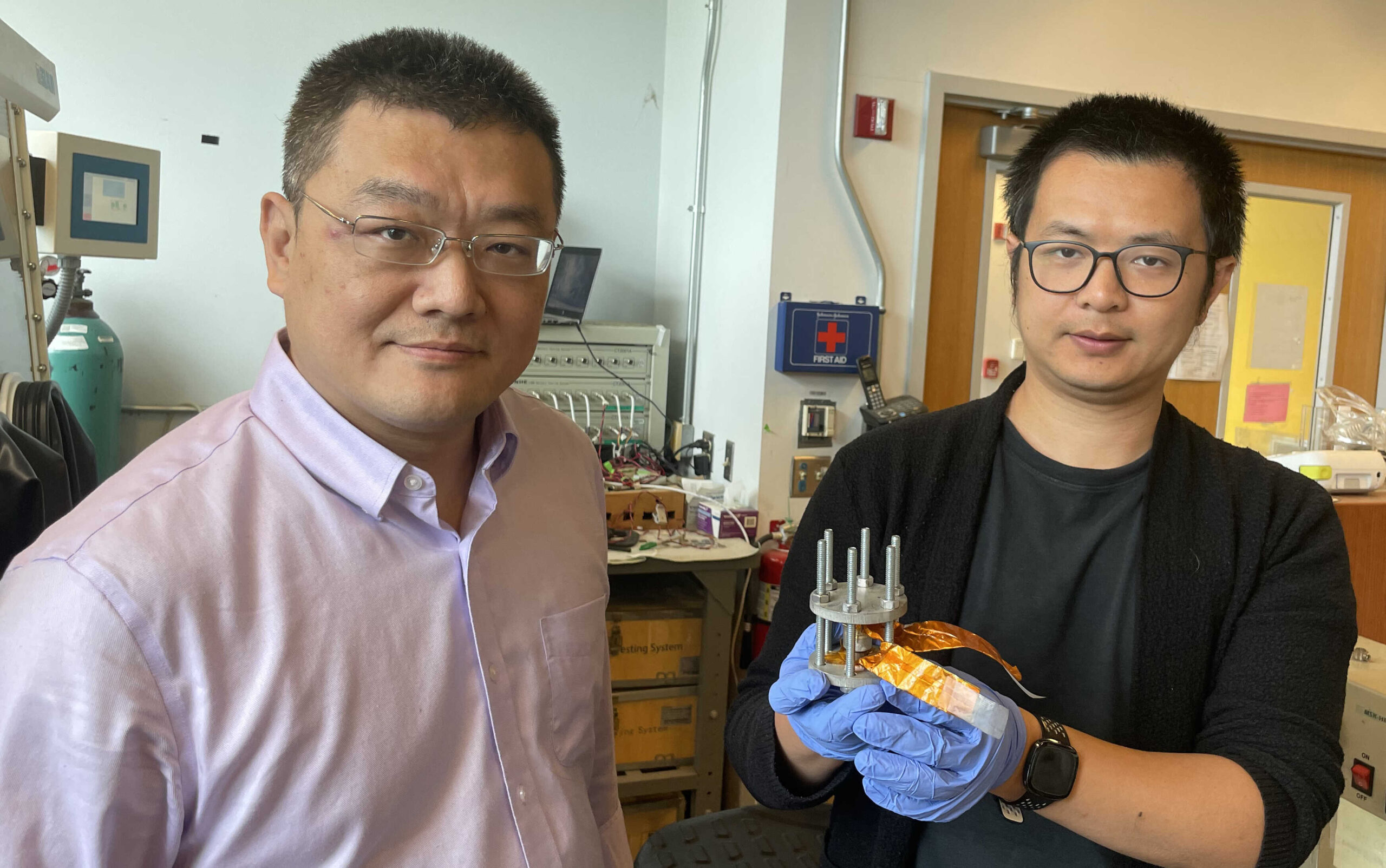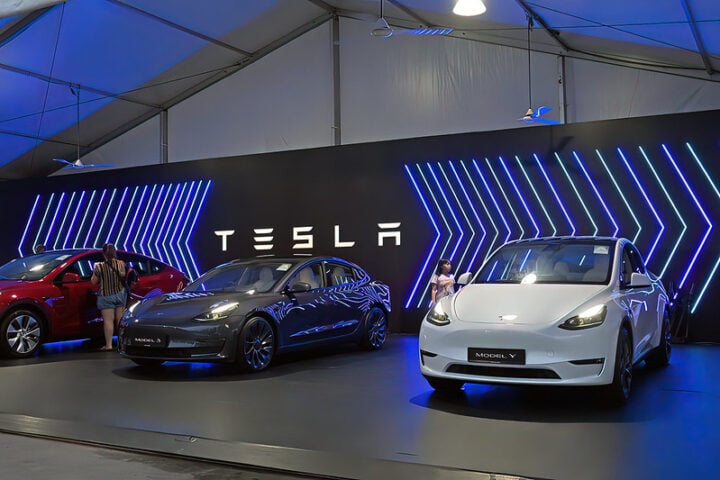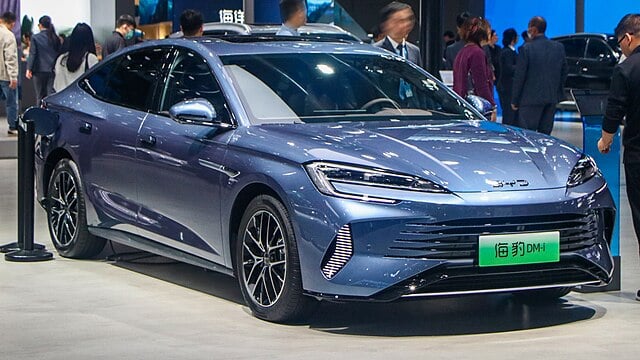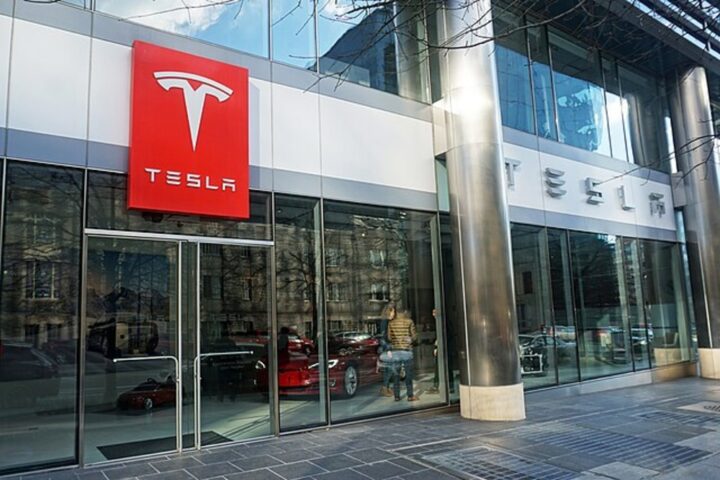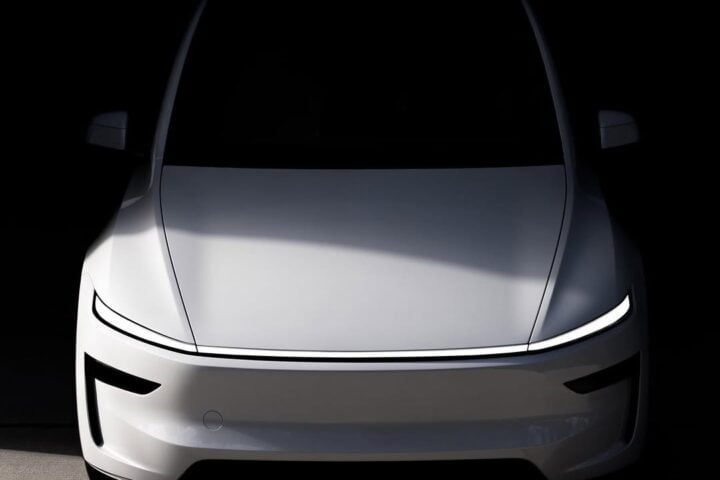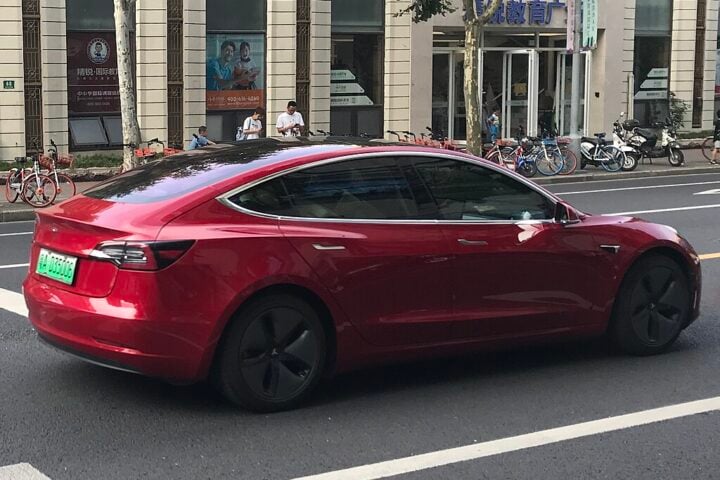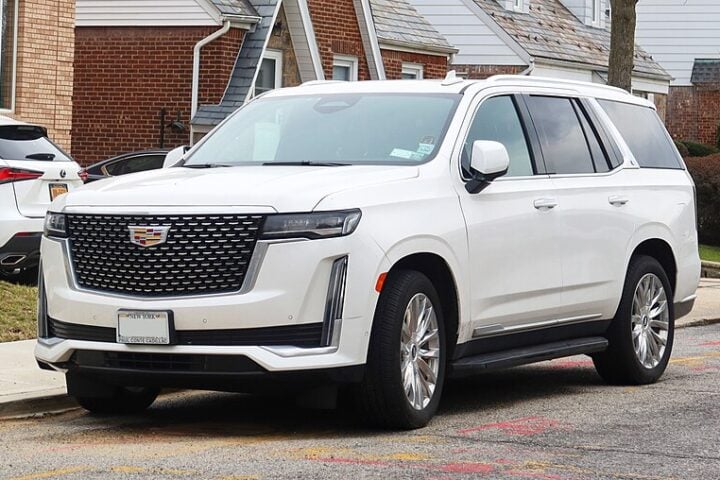In a groundbreaking discovery, a multi-institutional research team led by Hailong Chen, an associate professor at Georgia Tech, has developed a new, low-cost cathode material for lithium-ion batteries (LIBs) that could revolutionize the electric vehicle (EV) market and large-scale energy storage systems. The material, iron chloride (FeCl3), costs a mere 1-2% of typical cathode materials while delivering comparable performance in energy storage capacity.
The Significance of Cathode Materials in Lithium-Ion Batteries Cathode materials plays a crucial role in determining the capacity, energy, efficiency, performance, lifespan, and affordability of LIBs. Only four types of cathodes have been successfully commercialized for LIBs, with most containing expensive metals like cobalt and nickel. These high costs have been a major barrier to the widespread adoption of EVs, as batteries account for approximately 50% of an EV’s total cost.
Chen explains, “For a long time, people have been looking for a lower-cost, more sustainable alternative to existing cathode materials. I think we’ve got one.”
The Promise of Iron Chloride as a Cathode Material The FeCl3 cathode developed by Chen’s team offers several advantages over traditional cathode materials:
Cost-effectiveness: FeCl3 costs just 1-2% of typical cathode materials, potentially reducing the overall cost of LIBs by 30-40%.
- Sustainability: Unlike cobalt and nickel, iron and chlorine are abundant, affordable, and widely used elements found in steel and table salt.
- Performance: In initial tests, FeCl3 performed as well as or better than more expensive cathodes, with a higher operational voltage than the popular LiFePO4 (lithium iron phosphate) cathode.
“Our cathode can be a game-changer,” stated Chen. “It would greatly improve the EV market — and the whole lithium-ion battery market.”
The Path to All-Solid-State Lithium-Ion Batteries The development of the FeCl3 cathode is a significant step towards the creation of all-solid-state LIBs, which use solid electrolytes instead of liquid ones. All-solid-state LIBs offer several benefits over conventional LIBs:
- Higher energy density: Solid electrolytes enable batteries to store more energy in a smaller package.
- Improved safety: Solid electrolytes eliminate the risk of leakage and fire associated with liquid electrolytes.
- Longer lifespan: All-solid-state LIBs have the potential to last longer than conventional LIBs.
Because fluorine is highly electronegative, fluoride cathodes often experience conversion reactions and voltage issues due to slow kinetics. Meanwhile, iron chlorides weren’t considered for conventional lithium-ion batteries because they dissolve easily in liquid electrolytes. However, “recent progress in solid-state LIBs (SSLIBs) and solid electrolytes is opening up new opportunities to explore or revisit electrode materials that previously did not work with liquid electrolytes, such as FeCl3” , explain the researchers.
Potential Impact on the Electric Vehicle Market and Energy Storage Systems The FeCl3 cathode could have far-reaching implications for the EV market and energy storage systems:
- Cheaper EVs: By reducing battery costs, the FeCl3 cathode could make EVs more affordable than internal combustion engine vehicles.
- Improved grid resilience: Lower-cost, high-performance batteries could enhance the resilience of electrical grids by providing a more economical form of large-scale energy storage.
- Increased sustainability: Using abundant, affordable, and widely available elements like iron and chlorine improves the EV market’s sustainability and supply chain stability.
“This could not only make EVs much cheaper than internal combustion cars, but it provides a new and promising form of large-scale energy storage, enhancing the resilience of the electrical grid,” Chen asserts. “In addition, our cathode would greatly improve the sustainability and supply chain stability of the EV market.”
Similar Posts
The Road Ahead While the FeCl3 cathode shows immense promise, further research and development are needed to bring it to commercial viability. Chen and his team plan to continue investigating FeCl3 and related materials to optimize their performance and understand the underlying functioning mechanisms. They are also open to collaborating with industry partners to scale up the technology and push it towards commercial applications.
Chen’s team believes this technology could be commercially viable in EVs within five years. For now, they’ll keep exploring FeCl3 and similar materials.
The development of the FeCl3 cathode by Hailong Chen and his team represents a significant breakthrough in battery technology that could transform the EV market and large-scale energy storage systems. By offering a low-cost, high-performance, and sustainable alternative to traditional cathode materials, this innovation can accelerate the global transition to clean energy technologies and make EVs more accessible and affordable for consumers worldwide.
“We want to make the materials as perfect as possible in the lab and understand the underlying functioning mechanisms,” Chen shares. “But we are open to opportunities to scale up the technology and push it toward commercial applications,” he added.
As the demand for LIBs continues to grow, with the global market projected to reach $129.3 billion by 2027 (according to a report by Allied Market Research), the development of new, cost-effective, and sustainable cathode materials will be crucial in meeting this demand and driving the adoption of clean energy solutions. The FeCl3 cathode is a promising step in this direction, and its potential impact on the future of transportation and energy storage cannot be overstated.
